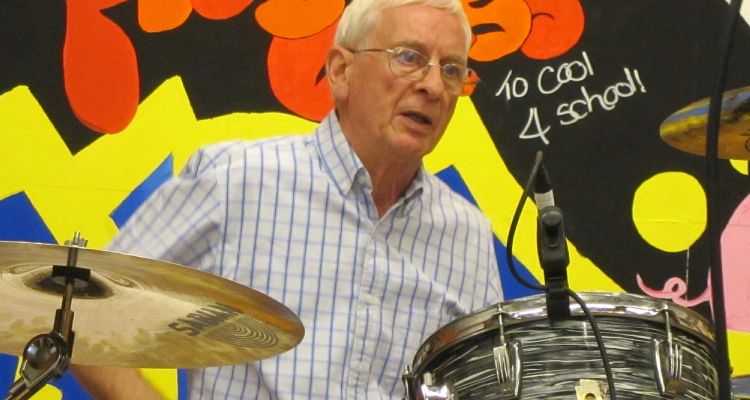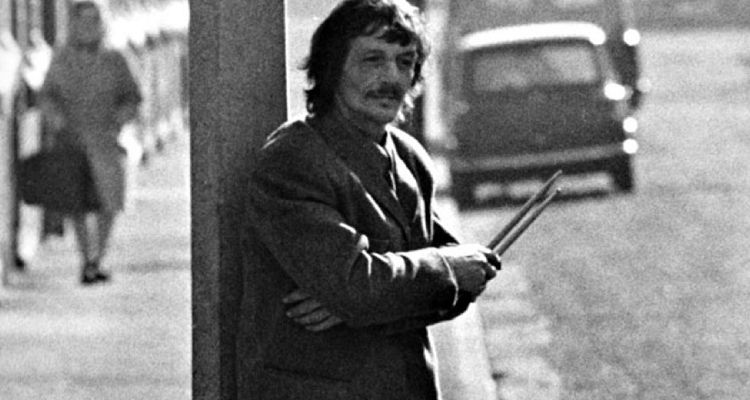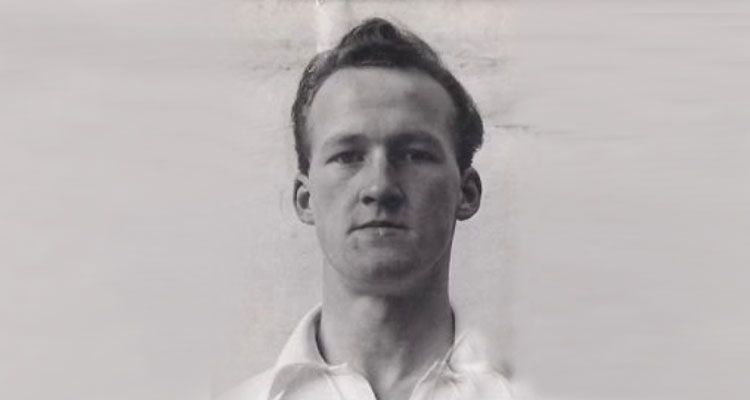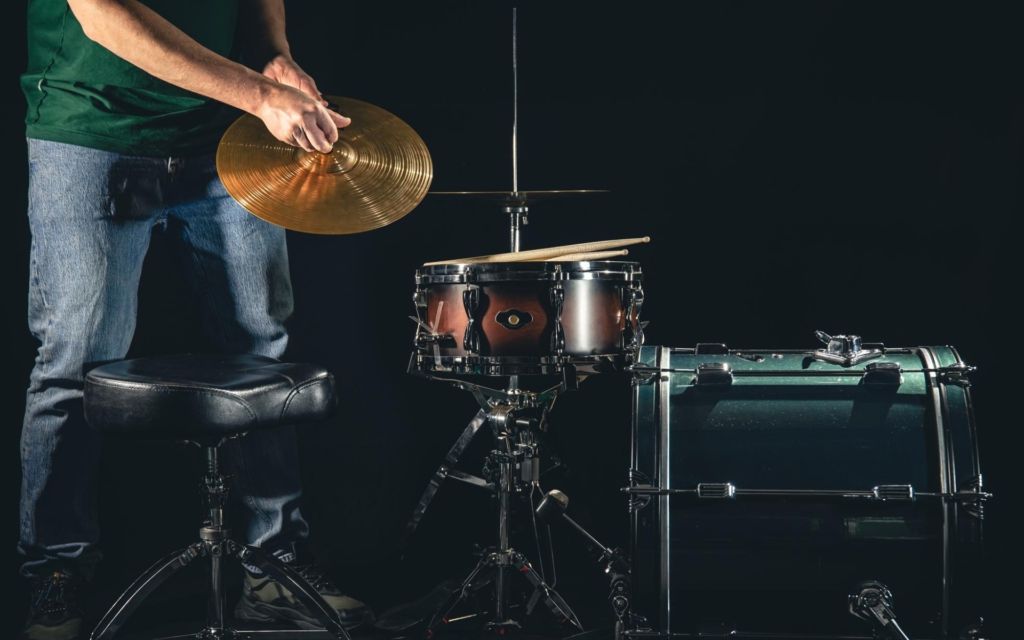Are you a Beatles fan who’s curious about the beat makers that played on some of the most beloved songs in music history? You might be surprised to learn that there were five drummers throughout The Beatles’ tenure, not just Ringo Starr.
In this ultimate guide, we delve into the world of The Beatles’ drummers – five musicians who contributed their unique styles and skills to create the iconic sound that defined an era.
From the early days of Pete Best to the legendary contributions of Ringo Starr, each drummer left their mark on The Beatles’ music, influencing countless drummers and shaping the landscape of rock and pop music forever.
We’ll explore their backgrounds, techniques, and the impact they had on the band’s music, taking you on a journey through The Beatles’ drumming legacy.
Contents
The Five Drummers of The Beatles
The Beatles had five drummers that each played a unique role in the iconic foursome’s musical journey. They also had two session players that filled in during crucial moments.
Below we’ll uncover each drummer’s contributions to the band’s evolution and sound!
Colin Hanton

Colin Hanton holds a unique place in Beatles history, as the drummer of The Quarrymen – the skiffle band formed by John Lennon which eventually evolved into The Beatles. Born in Liverpool, England, Hanton was with the group during its early years from 1956 to 1959.
Unfortunately, his tenure with the band ended after a fallout with George Harrison, John Lennon, and Paul McCartney. This disagreement led Colin Hanton to put his drums away and leave the band.
Although his stint ended prior to their global success, he provided steady beats for this budding iconic foursome. His time with the band laid foundational drumming techniques that would personify The Beatles’ sound in their later years.
In later years, Colin Hanton resurfaced and played with the revived Quarrymen starting from 1997. His association with the Quarrymen makes him an important figure in The Beatles’ early history.
Tommy Moore

Tommy Moore briefly played with the Beatles from May to June 1960. He joined the band when they were known as the Silver Beatles, serving as their drummer for a short period.
During his time with the band, Tommy Moore played alongside John Lennon, Paul McCartney, George Harrison, and Stuart Sutcliffe. However, his tenure with the Beatles was brief, as he decided to quit the group on June 11, 1960.
Following his departure from the Beatles, Tommy Moore returned to his job as a forklift driver at Garston bottle works in Liverpool.
Norman Chapman

Like Tommy Moore, Norman Chapman’s time with The Beatles was brief and his contributions were limited. Nonetheless, Chapman’s presence during this transitional period marked an interesting chapter in the band’s history.
He was a member of the band for a couple of weeks during the summer of 1960, specifically in June and July.
Chapman only appeared with them in three performances. He should have been the drummer who went with the Beatles to Hamburg, but circumstances led to his departure from the group just two weeks before their departure.
Chapman left the group due to being called up for military service. His departure led to him being replaced in the band by Pete Best.
Pete Best
Pete Best is well known as the ‘original drummer’ of The Beatles, and he played a crucial role in the band’s early days.
He joined the band on August 12, 1960, and played with them during their formative years in Liverpool and their early trips to Hamburg, Germany. Unfortunately, he was eventually fired from The Beatles just before their rise to superstardom.
Pete Best also played on some original Beatles recordings. He is notably heard on The Decca Audition, where he played drums on five tracks that were later included on Anthology I.
Opinions on Pete Best’s drumming abilities vary among fans and critics. Some consider him to be a solid drummer, but many others believe that his style lacked the finesse and creativity that Ringo Starr brought to the band.
Ringo Starr
Ringo Starr, the most famous drummer of The Beatles, joined the band in 1962 after replacing Pete Best. Known for his signature left-handed style, Ringo brought a unique and energetic approach to their music.
He played Ludwig drums and used both traditional and matched grip drumming techniques. Not only was he their drummer, but Ringo also contributed as a songwriter and vocalist in the band.
Ringo’s drumming style was characterized by simplicity and a keen sense of musicality. He focused on serving the song rather than indulging in flashy techniques. Known for his inventive and unique fills, Ringo added tasteful accents and subtle variations, enhancing the overall groove of the music. His drumming brought a distinctive feel and helped define the sound of The Beatles.
Ringo’s unorthodox approach to drumming, though perhaps not technically precise, brought a certain charm and innovation to the Beatles’ music.
He also contributed vocals on several Beatles songs, including notable tracks such as “With a Little Help from My Friends,” “Yellow Submarine,” and “Octopus’s Garden.”
Ringo’s contributions to The Beatles spanned their entire career, from their early days of playing in clubs in Liverpool to their groundbreaking studio albums like “Sgt. Pepper’s Lonely Hearts Club Band” and “Abbey Road.”
His friendship with Paul McCartney was evident through their creative collaboration on many Beatles classics. Interestingly, Ringo Starr is known for being down-to-earth and has a great sense of humor, which endeared him to fans around the world.
The Role of Session Drummers
Session drummers also played a role in the musical journey of The Beatles. These talented musicians were called upon to fill in when needed, adding their unique style and skills to the iconic foursome’s songs.
Session drummers like Andy White and Jimmy Nicol stepped in during important recording sessions and live performances, ensuring that the rhythm section remained tight and cohesive.
Andy White
Andy White was a Scottish session drummer who is best known for his involvement in the recording of the Beatles’ debut single, “Love Me Do,” and its B-side, “P.S. I Love You.”
On September 11, 1962, Andy White was brought in by producer George Martin to replace Ringo Starr on drums during the recording session for “Love Me Do” at Abbey Road Studios.
At the time, the Beatles’ producer George Martin felt that Ringo’s drumming needed improvement for the studio recording, so he hired Andy White to play drums on the song, while Ringo played tambourine.
However, it was ultimately decided that the version featuring Ringo’s drumming from a previous session would be used for the release.
Andy White went on to have a successful career as a session musician and played with many other artists, including Tom Jones, Marlene Dietrich, and Rod Stewart. While his time with the Beatles was limited, his role in the recording of “Love Me Do” remains an interesting part of Beatles history.
Jimmy Nicol
Jimmie Nicol briefly filled in for Ringo Starr as a member of The Beatles for approximately two weeks in 1964. Nicol played drums for eight concerts and even appeared with the band on a TV show.
During that time, Ringo Starr fell ill and was unable to join The Beatles on their tour of Denmark, the Netherlands, Hong Kong, and Australia. To ensure the tour went on as scheduled, Nicol was chosen as a temporary replacement for Starr.
His time with The Beatles was short-lived, and once Starr recovered from his illness, he rejoined the band, and Nicol returned to his previous musical endeavors. Despite his brief stint, Nicol stepped in for the band during a crucial moment.
Did Bernard Purdie Play Drums for the Beatles?
There have been claims made by famous drummer Bernard Purdie that he played drums on Beatles recordings. However, there is some debate and controversy surrounding these claims. Purdie has stated that he played on 21 tracks of The Beatles.
However, there is no concrete evidence to support these claims, and they are widely disputed. The Beatles’ official discography does not credit Bernard Purdie as a drummer on their recordings.
Despite this, he did work on the soundtrack album for the movie “Sgt. Pepper’s Lonely Hearts Club Band” in 1978, which featured Beatles songs, but this was not an actual recording with the band.
Conclusion
In conclusion, the Beatles had a fascinating journey with their drummers. From the original lineup with Colin Hanton, all the way to the legendary Ringo Starr, each drummer left their mark on the band’s sound and legacy.
Understanding the drummers of The Beatles not only sheds light on their individual contributions but also underscores the collaborative nature of the band. It reminds us that the success of The Beatles was not solely dependent on the genius of John, Paul, George, and Ringo, but also on the collective efforts of all those involved.
In the end, the drummers of The Beatles exemplify the importance of rhythm, groove, and musical chemistry in creating timeless music. Their contributions and the indelible imprint they left on The Beatles’ discography will forever be celebrated and studied by fans, musicians, and music enthusiasts alike.









